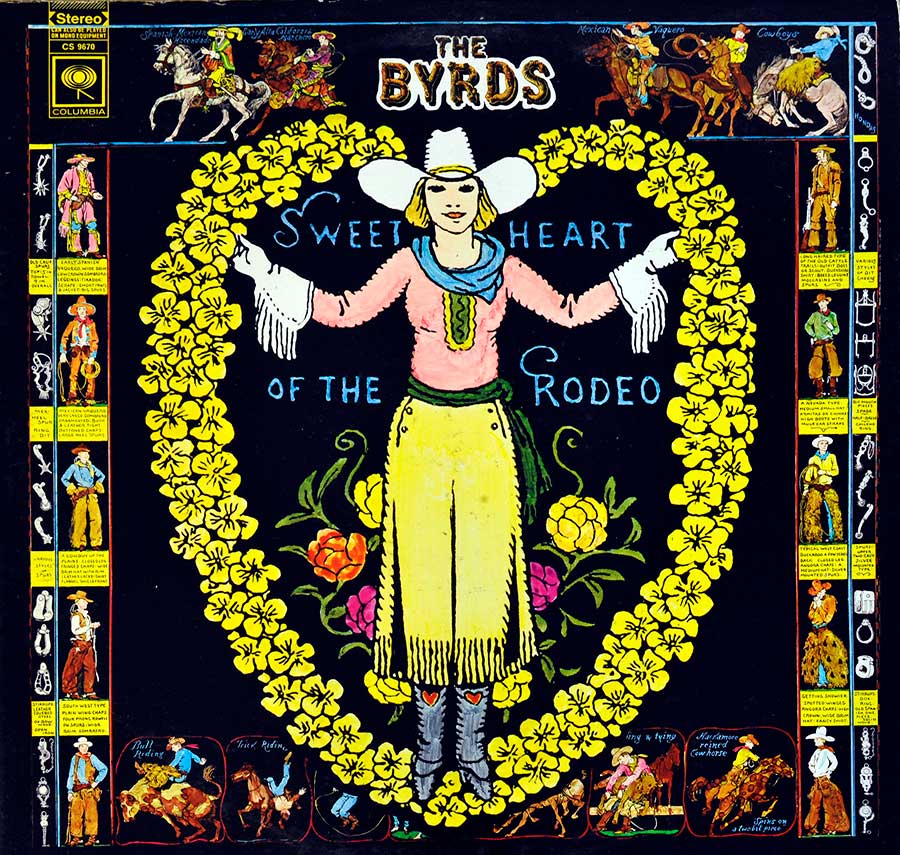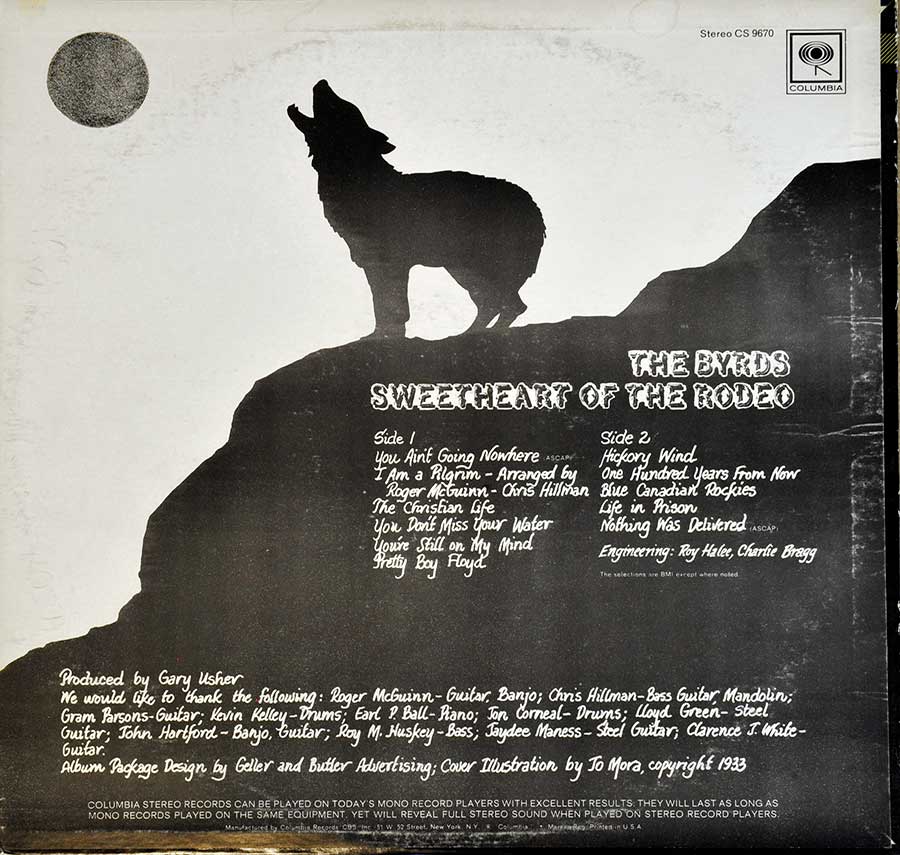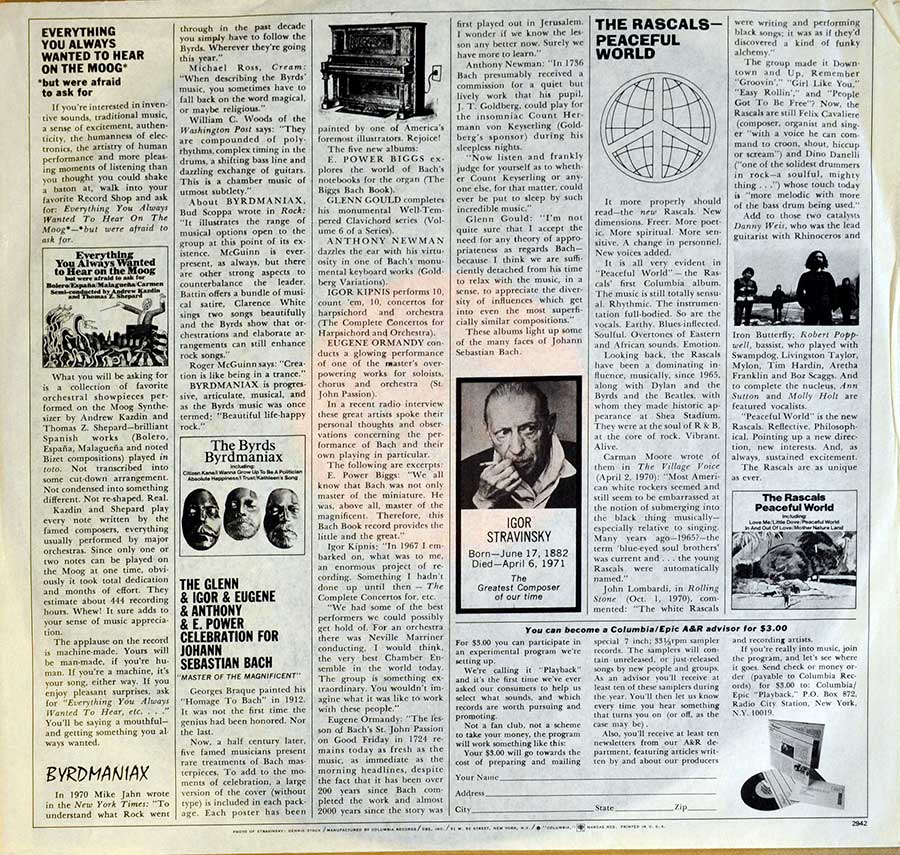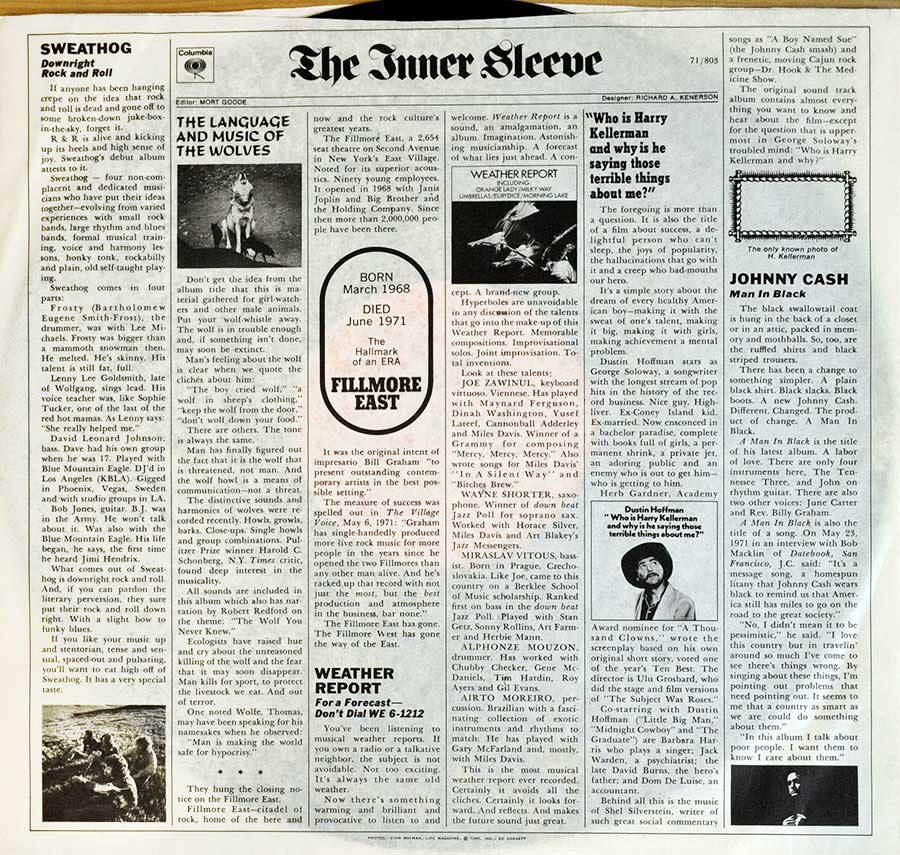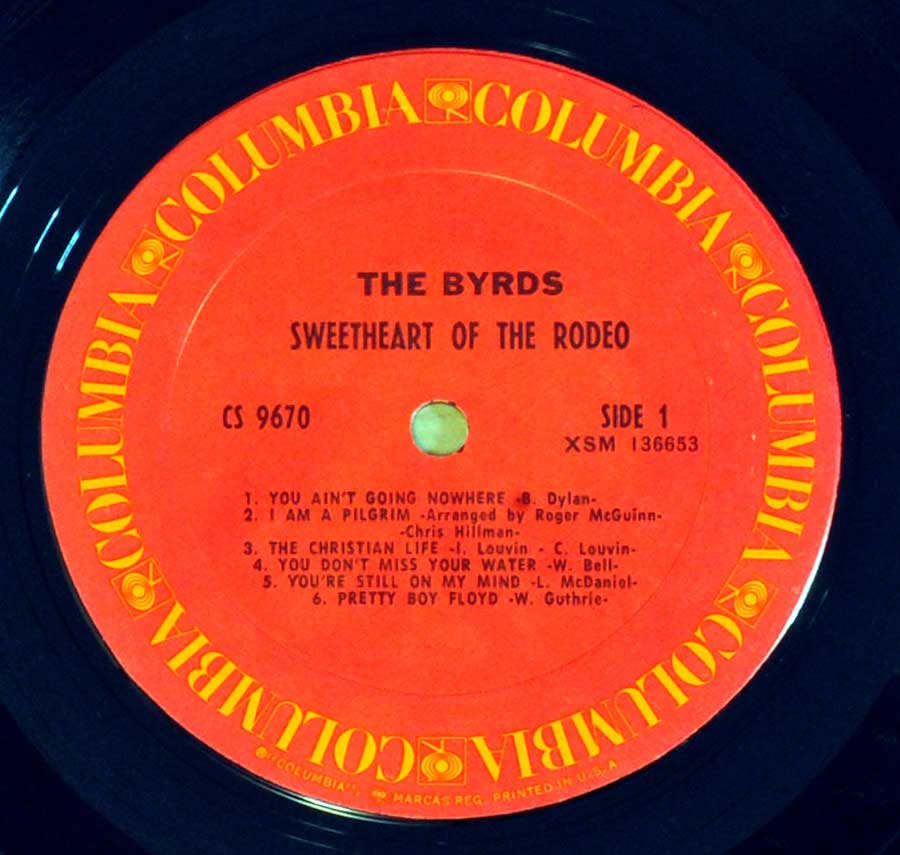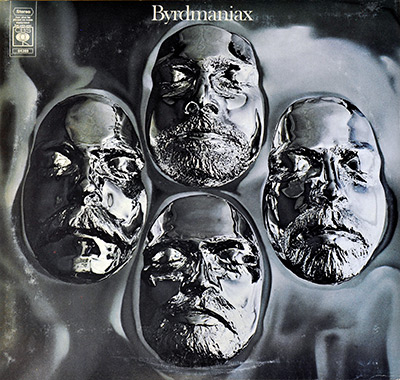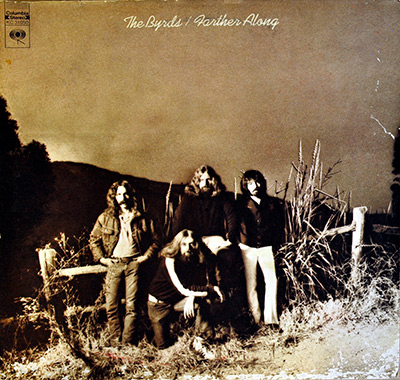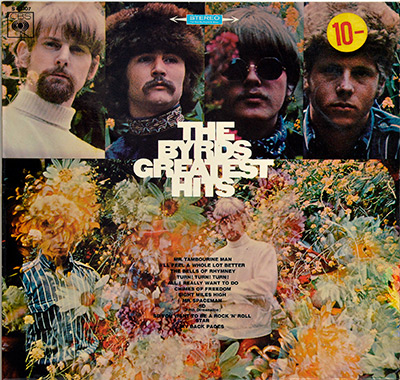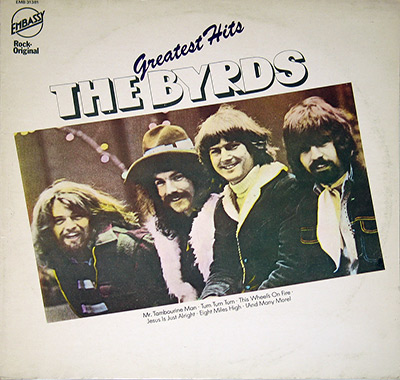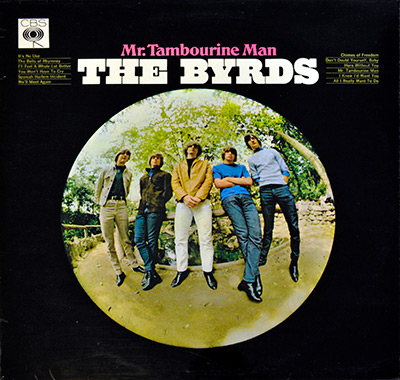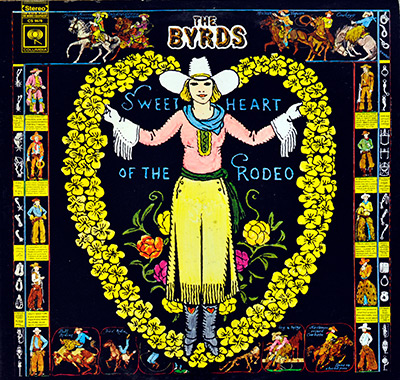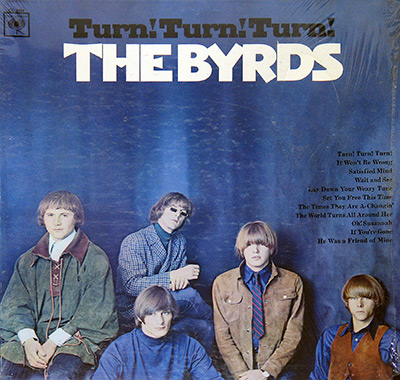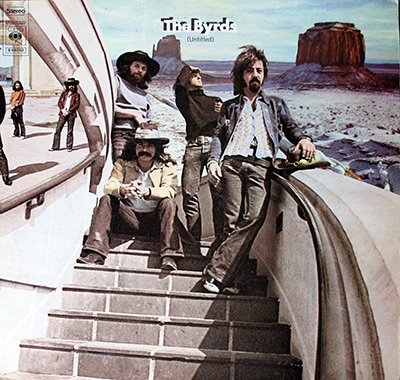The Byrds were already pioneers of American rock music in the mid-1960s. Their jangly guitars and poetic lyrics helped lay the groundwork for folk-rock, while their experimentation hinted at the psychedelic sounds to come. Yet, in 1968 they took a bold turn, perhaps their most controversial, with the release of "Sweetheart of the Rodeo."
A Change of Direction
By the time The Byrds entered the studio to record "Sweetheart of the Rodeo," the band had weathered significant changes. Founding members David Crosby and Gene Clark had departed, leaving Roger McGuinn and Chris Hillman as the core members. New to the fold were Gram Parsons, a rising star with a passion for country music, and drummer Kevin Kelley.
Parsons' influence would be pivotal in shaping the album's direction. "Sweetheart of the Rodeo" was a full-fledged embrace of traditional country music, complete with pedal steel guitars, fiddles, and a distinctly Nashville twang.
A Nashville Recording
The Byrds made another groundbreaking decision: they traveled to Nashville, Tennessee, the heart of country music, to record the album. This was a radical move at the time, as the worlds of rock and country were largely separate. Recording in Nashville among seasoned country veterans added authenticity to the project.
Musical Exploration with a Country Heart
"Sweetheart of the Rodeo" wasn't simply a replica of traditional country. The Byrds infused the songs with their signature harmonies and hints of their psychedelic past. They covered classics like "You Ain't Goin' Nowhere" (Bob Dylan) and "Hickory Wind" (Gram Parsons), as well as traditional material like "The Christian Life" and "You Don't Miss Your Water." Even with their adventurous spirit, a deep respect for country music's roots permeates the album.
Controversy and Influence
"Sweetheart of the Rodeo" was not without its detractors. Some rock fans felt betrayed by the band's detour into country, while some country purists were taken aback by the long-haired rockers invading their territory. Yet, the album's influence and importance are undeniable. It's seen by many as a landmark of the country-rock genre, paving the way for artists like The Flying Burrito Brothers, Emmylou Harris, and countless others.
